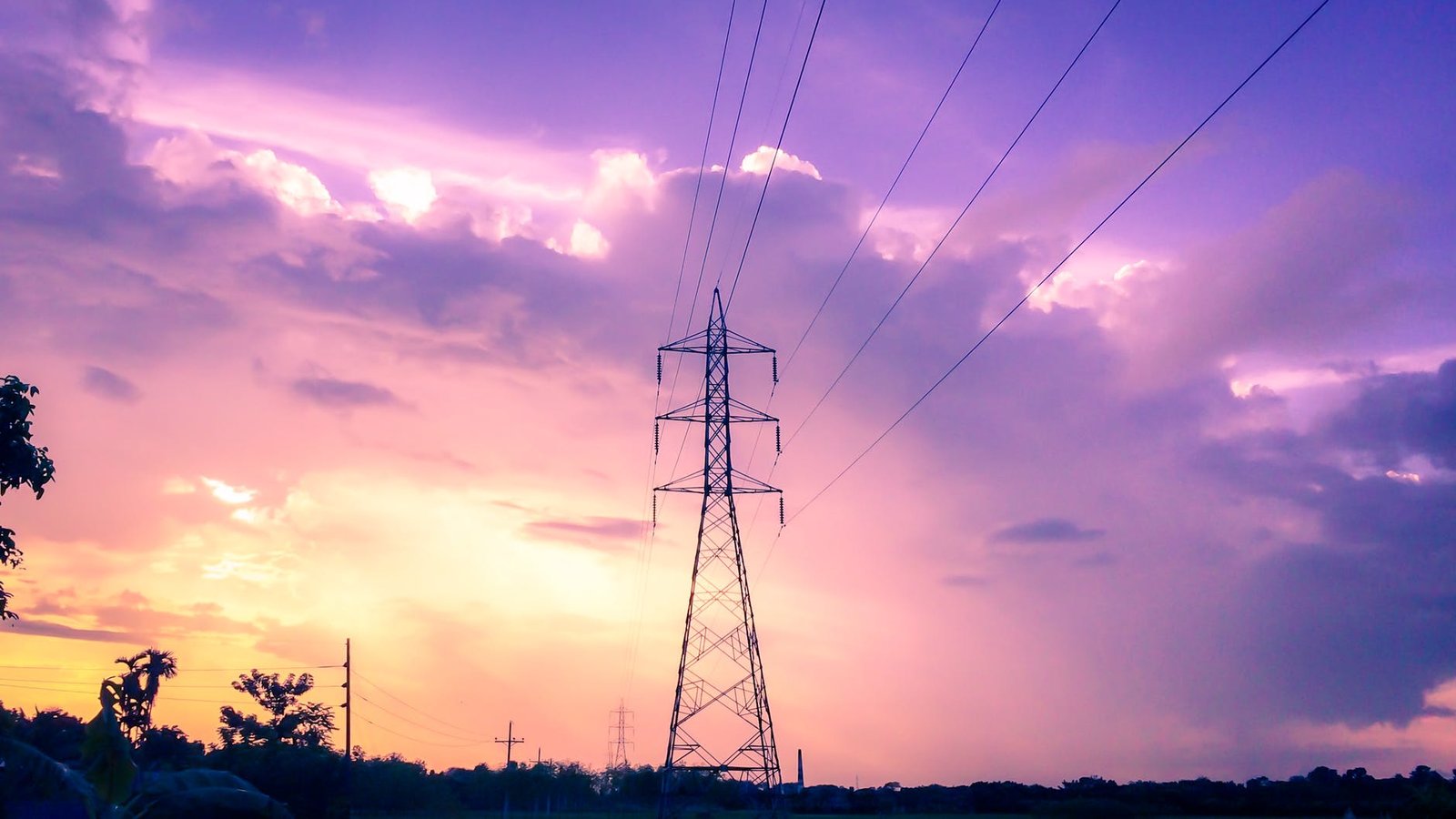KSERC Rejects Renewable Groups’ Concerns on Kerala Solar Regulations
The Kerala State Electricity Regulatory Commission (KSERC) recently dismissed petitions from two major renewable energy associations—KREEPA and CORE—challenging draft regulations and public hearing procedures. This decision has stirred the solar community, raising questions about stakeholder engagement in Kerala’s energy policy. Let’s unpack what happened and why it matters.
Why Did Renewable Associations Raise Concerns?
KREEPA and CORE argued that KSERC’s draft regulations lacked clarity on tariff structures and grid integration for solar projects. They also flagged the virtual hearing format as exclusionary for small-scale developers. “Solar isn’t just about megawatts; it’s about people,” remarked a local installer who wished to remain anonymous. The Commission, however, maintained that the process adhered to legal frameworks.
The Kerala Solar Scene: Growth Amidst Gridlock
Kerala’s solar capacity has grown 18% year-on-year, but policy bottlenecks persist. Take net metering: while states like Tamil Nadu offer streamlined approvals, Kerala still requires multiple DISCOM clearances. This discrepancy reminds many of California’s early rooftop solar struggles—where red tape initially stifled adoption before smoother processes took hold.
What’s Next for Solar Developers?
With KSERC’s decision final, developers must adapt. Hybrid systems combining Tesla Powerwall batteries with SMA inverters could mitigate grid dependency. “It’s like owning a boat when the ferry’s unreliable,” jokes a Kochi-based engineer. Still, regulatory certainty remains crucial—after all, solar farms can’t thrive on optimism alone.
As Kerala targets 500 MW of new solar by 2026, this episode highlights an eternal truth: policies shape progress. The Commission’s stance may seem rigid now, but remember—even Germany’s famed Energiewende needed course corrections. Perhaps Kerala’s solar story is just getting started.






